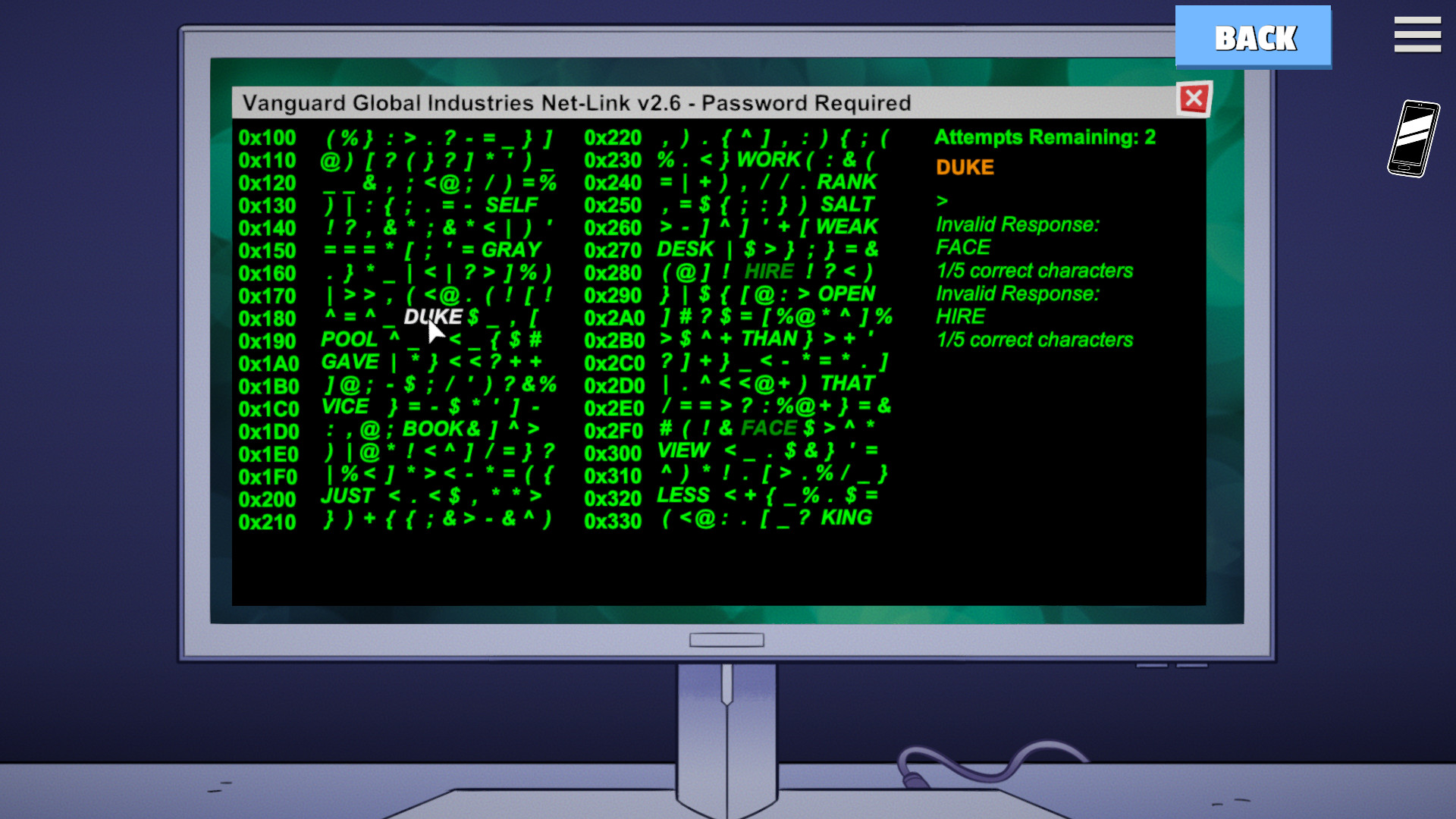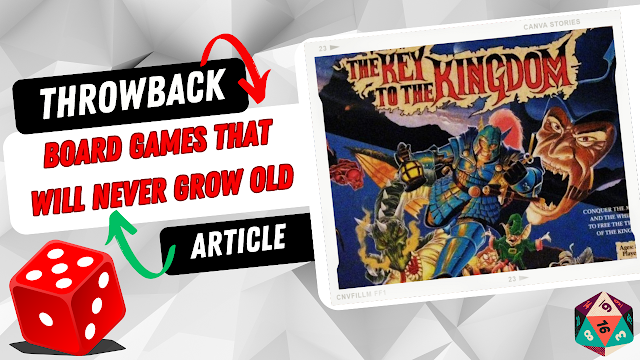A lightly futuristic visual novel with some adventure elements, Crash: Autodrive puts you in the verbose shoes of Emily, a young woman who – sharing an auto-driving cab with three other passengers – hits and kills a cyclist, a cyclist that everyone personally knows – and all involved have motives for murder.
Presented in a typical 2D visual novel perspective, the art style is very rounded and colourful, with the main cast being the focal point. The game is only a few hours long and takes place in a few main ‘chapters’ with a handful of rooms in each area. The gameplay comes from conversations with each person unlocking progress as well as some puzzles such as finding codes to unlock a safe or hacking computers in a style reminiscent of the Fallout games - to break things up.
In terms of the audio, aside from a handful of sound effects, the game is text-driven with looping music that changes depending on which area of the game you are in. It seems almost inoffensive and generic by design, reminding me of the sort of music used in Autobahn Police Simulator 2.
As safe as everything is played in terms of presentation, the main gripes I had were in the writing and controls. In terms of the controls, it feels like a port of a mobile or PC title, as you must manually click (or tap) on the icons on the screen with no shortcuts when reversing through screens.
For example, when you zoom in on something, you can’t just press B to go back, you have to click on the x on the screen, it makes everything feel slightly more onerous and the sensitivity of the cursor made some puzzles finicky whilst the way in which the cursor slows down over interactable icons can make progress again seem sluggish.
The writing in the game didn’t click with me from the first chapter. As soon as everyone gets out of the car and realise that they’ve killed someone, they all start bickering, blaming and rolling their eyes like a group of children daring each other to knock on a door and runoff as opposed to what they are supposed to be – a group of professional adults checking to see if the person struck is injured or dead.
These over-the-top facial expressions and smarmy comments, combined with lengthy passages of dialogue instantly made all the characters feel like generic caricatures and, if they don’t care about the gravity of the situation beyond saving their own skin, why would I care about what happens to them?
It goes on and on in this vein, with everyone not wanting to contact the police or take the sanest course of action because they are all solipsistic and – whilst the narrative keeps the mystery going by making the characters state that they don’t want the police involved because they look guilty – continue on a path that makes everything look shadier without raising the engagement of the player, at least in my case.
I also found the direction that the story takes and how it handles certain topics to be a bit at odds with the design and presentation and seem clunkily handled. Normally, this wouldn’t be such a sticking point, but in a game where the writing feels so pedestrian, it had more of a negative impact on me than it usually would.









No comments:
Post a Comment
Like what you see in the Games Freezer?
Why not tell us what you think with a few well-chosen comments? :)